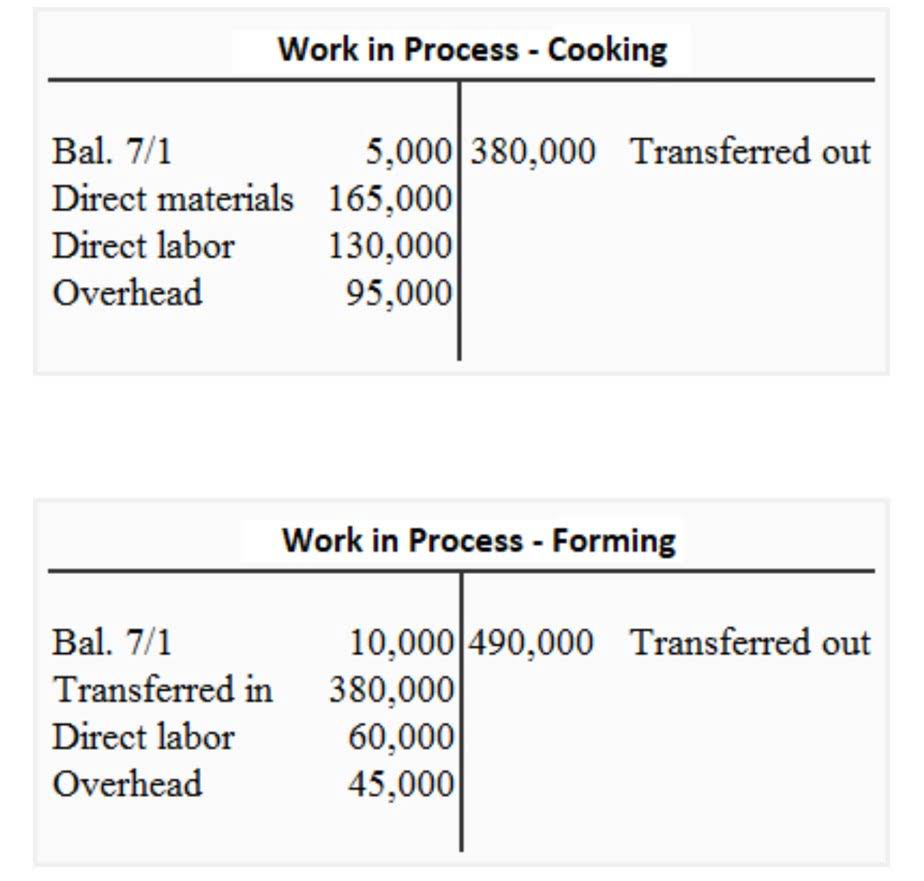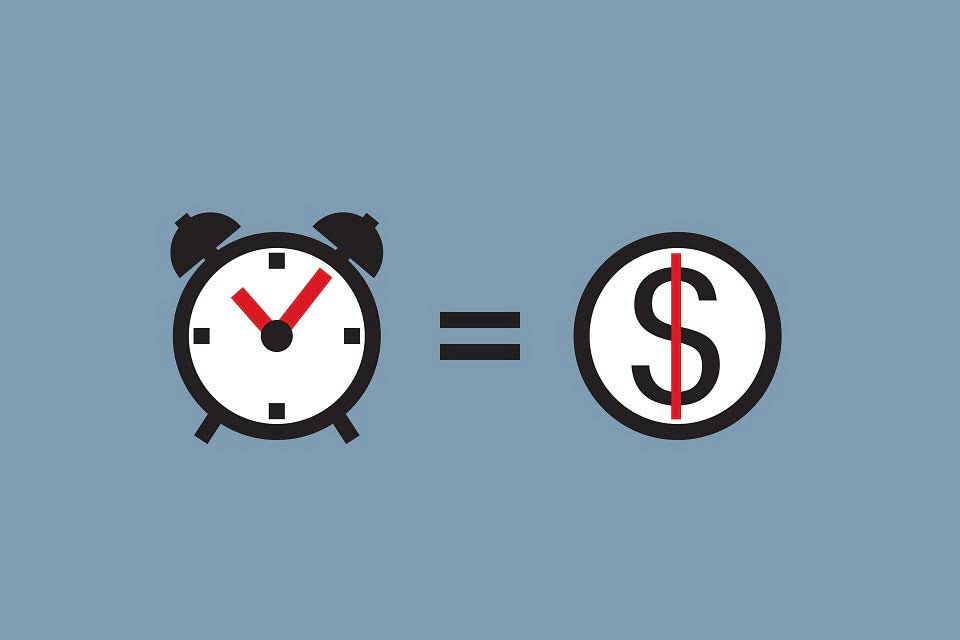
Examples include rent, insurance, and depreciation using the straight line method. In fact, you already know that labor costs can spiral out of control if you don’t meticulously monitor them. Manufacturers can compare the costs of making a product using different manufacturing processes. This helps them understand the most efficient process and the investment they need to make for the selected process. A manufacturing company initially purchased individual components from different vendors and assembled them in-house. As the company decided to assemble the components themselves, they found that the costs of managing the assembly line and the transportation were increasing significantly.

Purpose of Financial Accounting, Cost Accounting, GAAP, and IFRS

Second, those who work in manufacturing tend to be unionized and therefore have higher wages than non-union employees for similar jobs. This makes it more expensive for employers who do not provide benefits such as health insurance coverage or retirement savings plans (which most large companies do offer). First, fewer people want to work in manufacturing because they see this as an industry that has been declining for years and does not offer much opportunity for advancement or pay raises. Next, you’ll need to figure out how many hours it will take to make 5,000 of these products. income statement For the past 52 years, Harold Averkamp (CPA, MBA) hasworked as an accounting supervisor, manager, consultant, university instructor, and innovator in teaching accounting online.
BAR CPA Practice Questions: Proprietary Funds Statement of Cash Flows

Raw materials are critical in manufacturing because they are used to create the final product. If you can’t get enough raw materials, your production will suffer greatly, which could result in lost revenue or even bankruptcy for your company if it continues for too long. These two categories of expenses help you determine how much it costs to make your product or service after subtracting any sales tax (if applicable).
Availability Of The Raw Material- Manufacturing cost
Manufacturing overhead might include the cost of factory utilities, depreciation on manufacturing equipment, and the salaries of factory supervisors. Direct labor refers to the wages, benefits, and related payroll taxes paid to employees who are directly involved in converting raw materials into finished goods. This includes the compensation for workers who physically assemble products or operate manufacturing gym bookkeeping machinery. Examples include assembly line workers, machine operators, or a welder in a fabrication plant. Examples include direct materials, direct labor, and sales commission based on sales.

In that case, they could use it ineffectively or even waste money on systems that don’t work for them (e.g., software that doesn’t fit the company’s needs). Technological advancements can be a double-edged sword for manufacturers. On the one hand, they help to improve efficiency and streamline operations. They also allow manufacturers to develop new products and services that would have been impossible with older technology, which can lead to increased sales. The shortage of skilled workers is particularly acute in specific industries that require specialized skills like manufacturing and engineering. Manufacturing companies often have difficulty finding workers with the right technical skills to fill open positions at all levels of their organizations.
There are many reasons why manufacturing cost is essential, but one of the most important is that it helps you understand how much it costs to manufacture your product. First, you’ll need to know the direct labor hourly rate (the labor cost per hour). To illustrate this, let’s say that we have a company that makes widgets, and we want to know how much it costs us per widget to produce them.
- Period costs include non-manufacturing costs, i.e. selling expenses and administrative expenses.
- If a company wants to sell food in these countries, it must first test its products for these chemicals to comply with local laws.
- According to the book Manufacturing Cost Estimating, the benefits of calculating the costs of manufacturing range from guiding investment decisions to cost control.
- Another example is if you were making a t-shirt, the cotton and thread would be considered direct materials.
- You can also consider using lighter and thinner packaging materials if it makes sense for your business model.
- On the other hand, a product with a low gross profit may actually be very profitable, if it uses only a minimal amount of administrative and selling expense.
By looking at the historic data on employee timesheets and purchasing costs, the firm was able to understand the areas that were increasing the total manufacturing costs. Now that you are familiar with the components that constitute manufacturing costs, let’s move on to the process of calculating these expenses. According to a study conducted by McKinsey, these indirect costs account for 8% to 12% of the overall manufacturing costs.
For example, it can use its manufacturing cost to set a price to cover its costs and make a profit. Activity-based costing is a great way to manage nonmanufacturing costs include your company’s finances. It allows you to see where your money is going and how much it costs to produce products and services, so you can make informed decisions about where to invest your resources. Another reason manufacturing costs are increasing is that there are more regulations related to product quality.